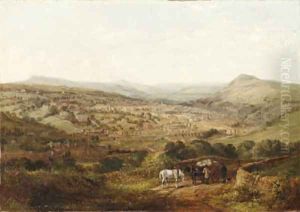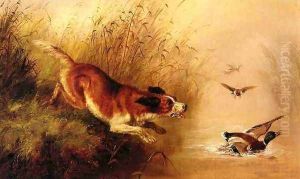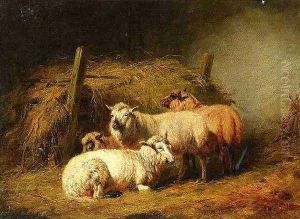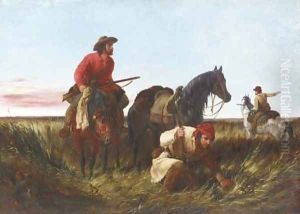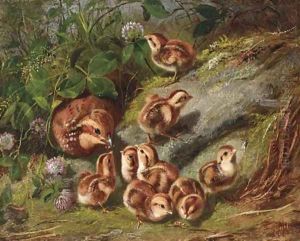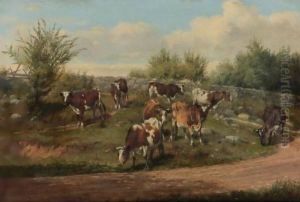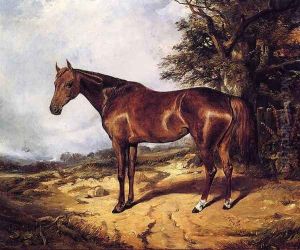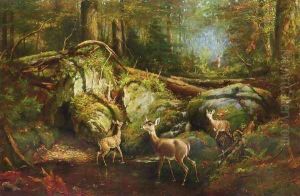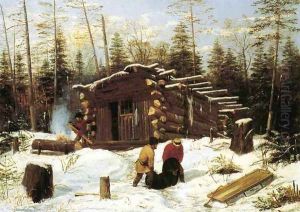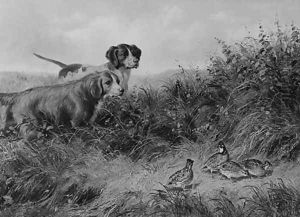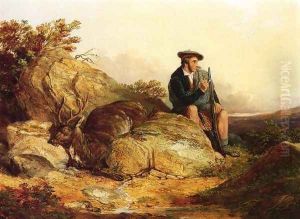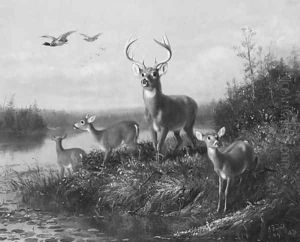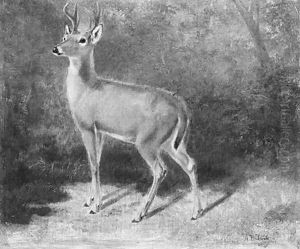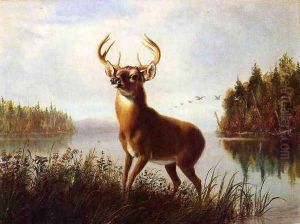Arthur Fitzwilliam Tait Paintings
Arthur Fitzwilliam Tait was a British-born American artist known for his detailed and realistic paintings of wildlife, rural scenes, and hunting subjects. Born on February 5, 1819, in Liverpool, England, Tait began his artistic journey at a young age, showing an early interest in painting. Despite this early passion, Tait initially embarked on a career in business, following in his family's footsteps. However, his love for art persisted, leading him to eventually pursue painting full-time.
Tait's move to the United States in 1850 marked a significant turning point in his career. Settling in New York, he quickly became associated with the Hudson River School, a group of American painters known for their romantic landscapes that celebrated the natural beauty of the Hudson River Valley and the surrounding region. While Tait's work shared the Hudson River School's appreciation for nature, he distinguished himself through his focus on animal subjects and scenes of everyday rural life.
Throughout his career, Tait collaborated with notable figures in the American art scene, including the renowned wildlife artist John James Audubon. Tait's paintings often featured detailed depictions of animals in their natural habitats, capturing moments of tranquility as well as the raw beauty and harsh realities of wilderness life. His work gained popularity for its accuracy, attention to detail, and ability to evoke the spirit of the American outdoors.
Tait's contributions to American art were widely recognized during his lifetime. He exhibited his work at major venues, including the National Academy of Design and the Boston Athenaeum. His paintings were also published in the form of lithographs, making his work accessible to a broader audience and contributing to his popularity.
Arthur Fitzwilliam Tait passed away on April 28, 1905, in Yonkers, New York. Today, his work is celebrated for its historical and cultural significance, offering insights into 19th-century American life and the country's landscape. Tait's paintings are held in numerous prestigious collections, including the Metropolitan Museum of Art and the Smithsonian American Art Museum, testament to his lasting impact on the field of American art.



